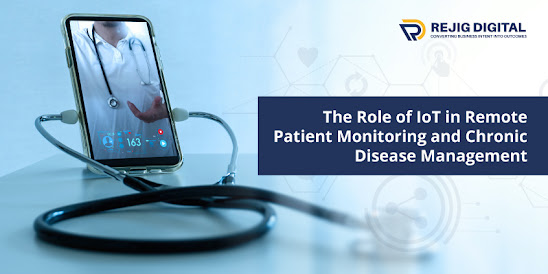How Does the Internet of Things Impact the Textile Industry?
The Internet of Things has turned into a boon for the modern world. Isn’t it? This technology has unlocked different possibilities of the digital age and made the ecosystem fully connected and easy to monitor different things than ever before. Among different industries, there is a high effect on IoT textile production.
The Internet of Things in the textile industry helps to improve fabric quality and with different sensor integration, it is easy to monitor people’s health. Yes, with clothing now we can monitor the heart rate and step calculated that helps in our lifestyle.
Before going into depth with the information, let’s have an idea about the Internet of Things.
Overview: Internet of Things
According to the famous Wikipedia platform, “The Internet of things describes physical objects with sensors, processing ability, software and other technologies that connect and exchange data with other devices and systems over the Internet or other communications networks.”
Moreover, now we can witness the impact of the Internet of Things (IoT) in the Textile Industry.
According to the famous McKinsey report -
State of Fashion Technology Report 2022
Major Challenges that the Textile industry faced
Data plays an important role in different industries. It is not only considered as the data but the path to success. For the textile industry, it is always difficult to maintain the data in an appropriate manner and even track and store it.
The major challenge was to change the data or track the real-time preferences of the customers. Even the data was not able to be modified or edited by the shop owners.
Textile enterprises also face the major challenge to track the machines via remote manner.
By manual maintenance in a traditional way, the process of remote Internet of things was causing a time-consuming process, labor intensive, and many more challenges were there that textile industries face.
Smart Textile Manufacturing with the Internet of Things
With the Internet of Things, the textile industry can opt for smart textile manufacturing. With the blend of IoT-based devices, industries get wider control of the machines and simplify the monitoring and control of physical infrastructure-based operations. It offers direct control and end-to-end health monitoring to the customers.
Increase Efficiency
Internet of Things technology plays a huge role in connected textile machines. It helps to analyze real-time data from different sources that ensure increased efficiency. With the integration of it, the machinery process also automates and helps factories to turn into smarter and faster operations.
2. Detect Issues
IoT textile production allows enterprises to detect flaws or issues in the production operation status. Majorly, in abnormal operations, factory workers can’t receive the alarms on time, and through different ways, they can identify that there is some issue that helps to discover errors on time and resolve the issues on an immediate basis. This helps to opt for security measures and faster operations than ever before.
3. Faster Access to Data
The next thing that IoT has reshaped is faster access to data. With the usage of IoT connectors, operators can collect and analyze data in an appropriate manner. The Internet of Things acts as a bridge between the workshop and the office. Moreover, this also helps to overcome different challenges and allows textile company production to understand the operation process that ensures making informed decisions.
What is the future of the Internet of Things in the Textile industry?
The Internet of Things is an emerging and futuristic technology. The wings of IoT technology will spread across industries. In the future, with the integration of it, companies can acquire scalability, security, and reliability that will help to save costs and increase revenue.
According to marketsandmarkets reports, “ The smart textiles market is expected to grow from USD 2.3 Billion in 2021 to USD 6.6 Billion in 2026.” - Majorly, the Internet of Things and AI are emerging technologies that will expand in the upcoming years.
As many other industries will impact the Internet of Things in the same way, the textile sector will demand more security and prevention of cyber fraud. In the future, we can expect that with advanced innovations users can leverage the benefits such as wearable devices for tracking health, smart diagnosis, patient management, and many more.
In the upcoming years, the fashion industry will not be limited to the textile aspects, it will expand its wings toward healthcare also that will provide advanced facilities to doctors, patients, and researchers to track the patient's condition by their wearing dresses or dressing style.
.
Apart from this, the different Internet of Things sensors will also enable them to monitor customer satisfaction, track assets via several connected sensors, and many more.
It can be expected in the future that with the help of Internet of Things technology. The textile industry will redefine overall strategies by adopting connected textile machines that will reduce cost. Furthermore, before manufacturing processes customers can analyse the user behaviour and improve overall performance that lead to meet the market demands.
Conclusion
The Internet of Things is emerging and considered a futuristic technology. Undoubtedly, IoT sensors in textile manufacturing have reshaped the textile industry with their automation and providing real-time status of the machines. Internet of Things technology allows us to detect different things that ensure safety and faster operating processes. Here, we have listed the Internet of Things and its impact on the industry.




Comments
Post a Comment